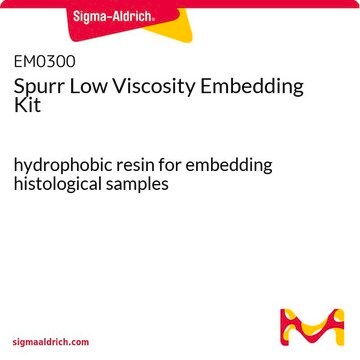C0250
Sodium cacodylate trihydrate
≥98%
동의어(들):
Cacodylic acid sodium salt trihydrate, Dimethylarsinic acid sodium salt, Dimethylarsonic acid sodium salt
About This Item
추천 제품
분석
≥98%
형태
powder
pH
5.1-7.4
pKa(25 °C)
6.27
solubility
water: 100 mg/mL, clear, colorless
응용 분야
ADME/TOX
저장 온도
room temp
SMILES string
[Na+].[H]O[H].[H]O[H].[H]O[H].C[As](C)([O-])=O
InChI
1S/C2H7AsO2.Na.3H2O/c1-3(2,4)5;;;;/h1-2H3,(H,4,5);;3*1H2/q;+1;;;/p-1
InChI key
RLGWPHBPRCROJO-UHFFFAOYSA-M
유사한 제품을 찾으십니까? 방문 제품 비교 안내
관련 카테고리
일반 설명
애플리케이션
신호어
Danger
유해 및 위험 성명서
Hazard Classifications
Acute Tox. 3 Inhalation - Acute Tox. 3 Oral - Aquatic Acute 1 - Aquatic Chronic 1 - Carc. 1B
Storage Class Code
6.1B - Non-combustible acute toxic Cat. 1 and 2 / very toxic hazardous materials
WGK
WGK 3
개인 보호 장비
Eyeshields, Faceshields, Gloves, type P2 (EN 143) respirator cartridges
시험 성적서(COA)
제품의 로트/배치 번호를 입력하여 시험 성적서(COA)을 검색하십시오. 로트 및 배치 번호는 제품 라벨에 있는 ‘로트’ 또는 ‘배치’라는 용어 뒤에서 찾을 수 있습니다.
이미 열람한 고객
자사의 과학자팀은 생명 과학, 재료 과학, 화학 합성, 크로마토그래피, 분석 및 기타 많은 영역을 포함한 모든 과학 분야에 경험이 있습니다..
고객지원팀으로 연락바랍니다.







